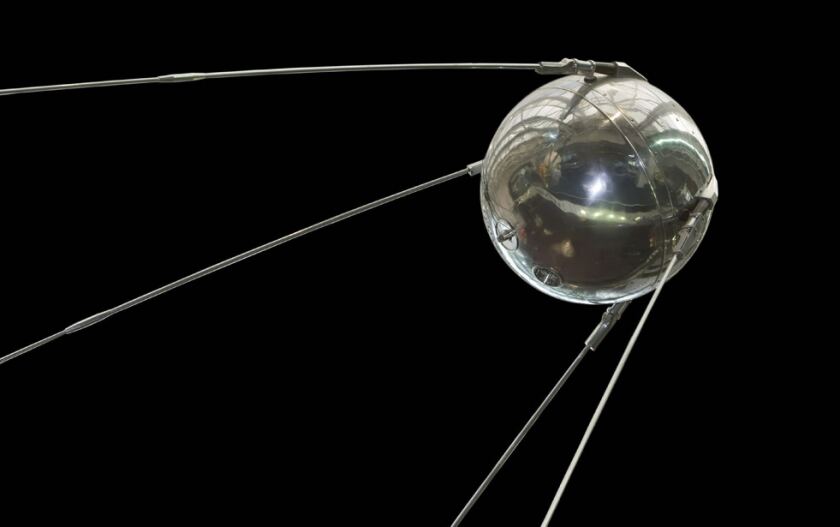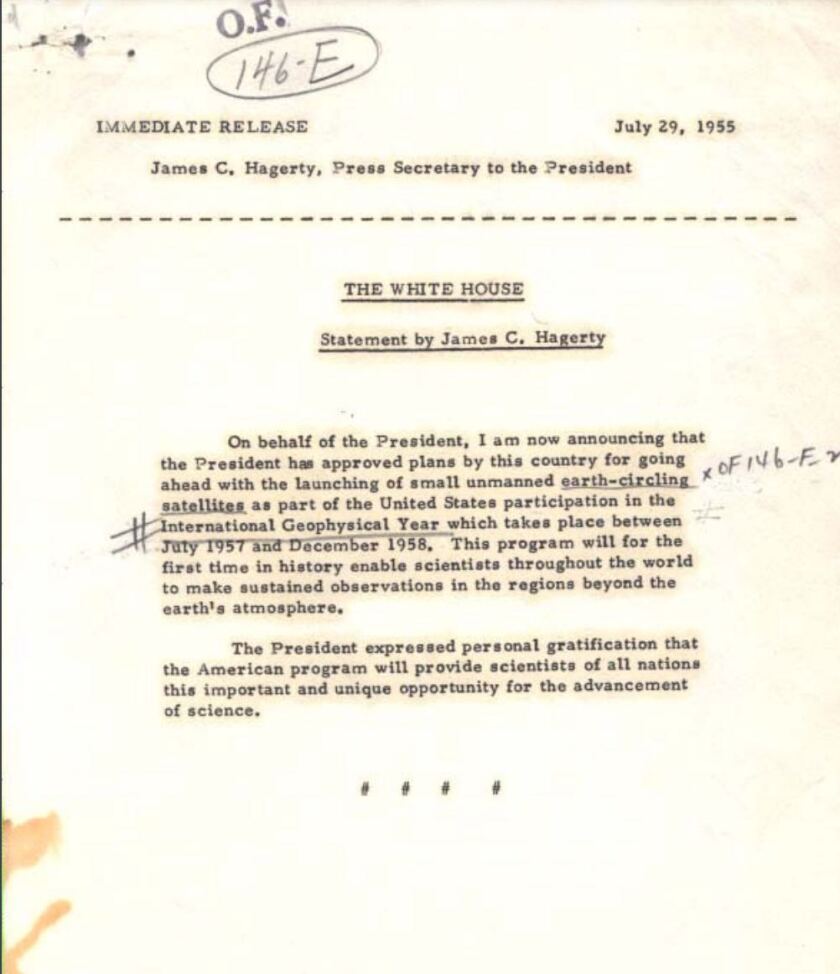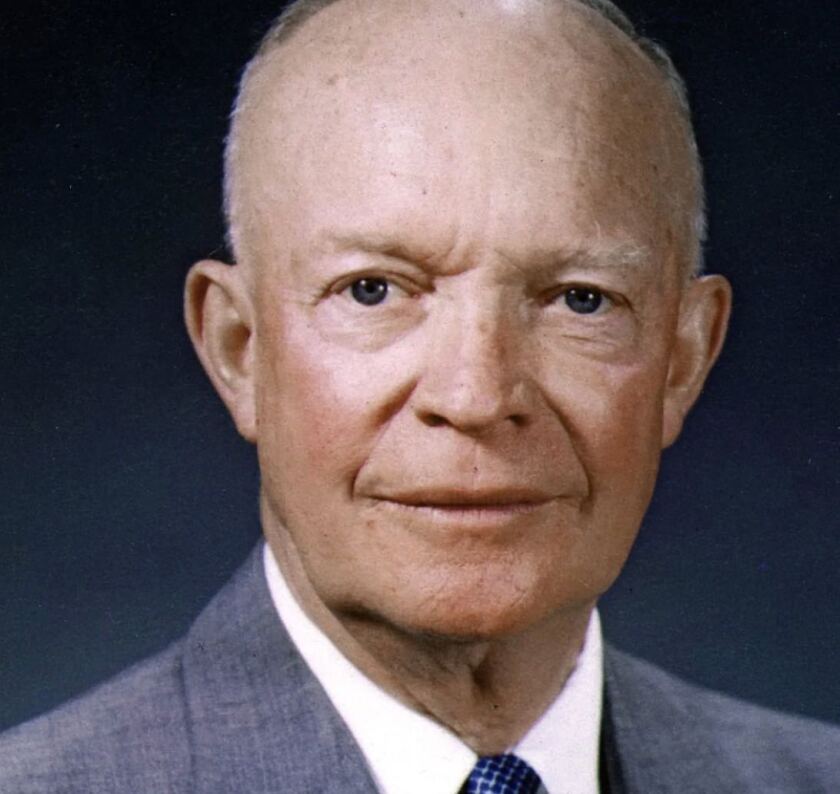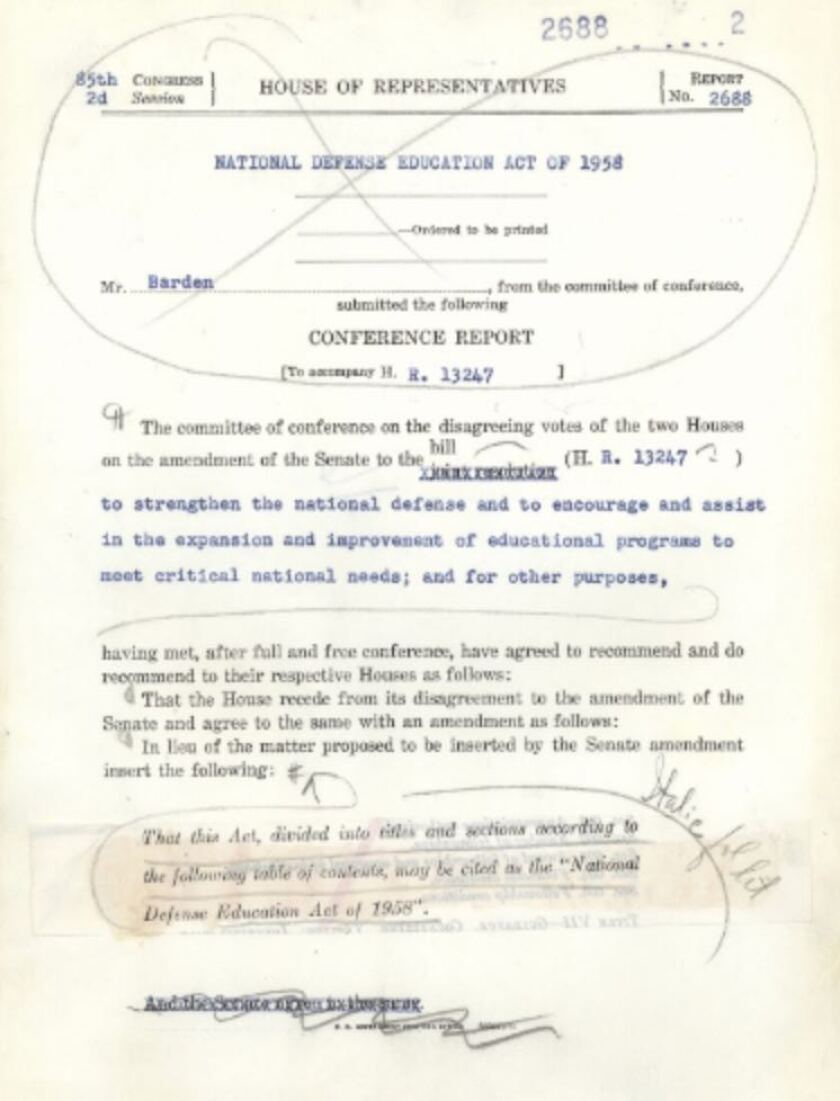
(Joe Granita/Zuma Press/TNS)
The Soviet Union launched the world’s first artificial satellite on Oct. 4, 1957.
Sputnik — which means something like “fellow traveler” — was intentionally launched at night so that American spy planes could not observe the event. The Soviets hoped the cover of darkness would spare them American ridicule if the launch failed. At the time the United States was routinely sending spy planes over Russian territory to observe and where possible photograph military installations, especially nuclear sites. On May 1, 1960, an American U-2 plane piloted by Francis Gary Powers was shot down by the Soviets at 70,000 feet above the Earth. Powers survived and was eventually repatriated to the United States. Four days after the incident, the U.S. painted another U-2 to look like a weather plane and announced that one just like it had been lost over Turkey. Sound familiar? Nobody except perhaps some portion of the American public was convinced. Even when we were caught, as it were, red-handed, the Eisenhower administration insisted “there was absolutely no deliberate attempt to violate Soviet airspace and never has been.”
Nations spy on each other. They use the most sophisticated devices they can afford to learn whatever they can about the strategic position of their enemies, and often enough their friends. When they are caught, they almost invariably lie.

Back In The USSR
That Sputnik was launched during the International Geophysical Year added insult to injury. Not only was it a clearly provocative military gesture, but it could be defended as a contribution to space science. Its radio signal would help scientists understand the nature of the ionosphere and the density of the upper atmosphere could be ascertained by the drag which slowly degraded its orbit. Sputnik made a complete orbit of the Earth every 96.2 minutes. In its three-month life, it orbited the planet 1,440 times.
The United States had intended to launch its own satellite (purely peaceful of course!) during the International Geophysical Year.

At the time the United States had no way to shoot a satellite down.
American Reaction
The American general public (and politicians) panicked because they didn’t like the idea that the Russians could invade our continental airspace and maybe drop something or beam something down onto us. Military analysts more accurately realized that the nation that could put Sputnik into low Earth orbit could also lob nuclear warheads over the North Pole at American targets. The R-7 rocket that the Soviets used to launch Sputnik was designed to perform as an ICBM, an intercontinental ballistic missile. Sputnik proved that the Soviets were slightly ahead of us in ICBM technology. The launch of the satellite, which today would not even register in the farthest back pages of the New York Times, got the attention of the entire American establishment.

The Russians, of course, were thrilled. Sputnik historian Matthew Brzezinski wrote, “It was as if, overnight, his nation had been vaulted to a preeminent position atop the global hierarchy. The Soviet Union, in the eyes of the world, had suddenly become a genuine superpower … a true and equal rival of the United States.” John Guilmartin Jr. has called Sputnik “Khrushchev’s masterstroke, perhaps the greatest publicity stunt of the entire Cold War.” Just 23 inches in diameter — a little smaller than a basketball — and only weighing 184 pounds, Sputnik did nothing more than emit a beep beep beep radio signal that continued until its batteries ran down three weeks later. By early January 1958 it had fallen back into the Earth’s atmosphere, where it was incinerated upon re-entry.
As Apollo historian and former Wall Street Journal Bureau Chief Craig Nelson wrote, “Sputnik whipped American journalists and then the American public into a torrent of fear over Soviets flying anywhere they pleased . . . and dropping bombs with galactic impunity.” The Dow Jones Index fell 20 percent. The normally staid New York Times insisted that now America was “in a race for survival.” Even the great Eric Sevareid, one of the most sensible of American commentators, wrote, “At the present rate, Russia will soon come to a period during which she can stand astride the world, its military master.”
I'll be damned if I sleep by the light of a Red Moon…. Soon they will be dropping bombs on us from space like kids dropping rocks on the cars from freeway overpasses.
Lyndon Baines Johnson, 36th President of the United States

My favorite response came from the excitable LBJ. “I’ll be damned,” the then-president shouted, “if I sleep by the light of a Red Moon … . Soon they will be dropping bombs on us from space like kids dropping rocks on the cars from freeway overpasses.”
What Happened Next: Turning Lemons Into Lemonade
Sputnik was both a visceral shock and a wake-up call to the American people. Most Americans had been led to believe that the Soviet Union was a primitive country that could not even make adequate cars and washing machines. Now suddenly the Russians had shown themselves superior to the United States — to decadent capitalism — in at least one important arena.
Within a month, the U.S. attempted to catch up by launching its own satellite — on national television. On Dec. 6, 1957, as historian and author Deborah Cadbury put it, “the country waited for the wonder that would show the Soviets what the Americans could do.” But when the dramatic countdown reached zero, the Vanguard rocket shimmied and lifted a couple of feet before it collapsed in an appalling inferno of flames. Even worse, the puny satellite, not much larger than a grapefruit, tumbled clear of the nose cone and, a short distance from the launch pad, began emitting its own beep beep beep. One wag, journalist and columnist Dorothy Kilgallen, said, “Why doesn’t somebody get out there, find it, and kill it.” The American press was derisively creative: Dudnik, Puffnik, Oopsnik, Flopnik, Stallnik, Goofnik, Kaputnik.
In spite of this humiliating public setback, the national panic had some extraordinary results. Thousands of Americans changed their majors to engineering, aerospace, astronomy, metallurgy, and what would become computer science. Suddenly, everyone wanted to be an astronaut.
Sputnik provided a much-needed transfusion of steroids and testosterone into the anemic American space program. Hepped up by the intensities of the Cold War, and propelled by the martyrdom and legacy of JFK, the United States landed two men on the moon just 12 years later. By 1966 the Russians had fallen behind and they never caught up.

Viewed in retrospect, it is clear that the United States overreacted to the launch of Sputnik. Even without the spur of international humiliation, the U.S. was already outperforming the Soviets in nuclear technology, rocketry, weapons procurement and every other category of human achievement, with the exception of ballet, gymnastics and chess. When JFK raised the alarm over a “missile gap,” in the 1960 presidential race, he knew better. By the time of the Cuban Missile Crisis in 1962, the Soviets had something like 20 operational ICBM missiles. The U.S. had at least 170, with much greater performance results.
Fast Forward: Now What?
We probably should all calm down. Unless the People’s Republic of China has developed amazing, new balloon-delivered spyware that we don’t yet recognize, there is not much to fear from a couple of pesky balloons.
The NBC Meet The Press panel discusses congressional reaction to, and the politics of, the Chinese spy balloon.

We’ll know more about the purpose of these annoying foreign objects soon enough. Meanwhile, it might be rational to withhold judgment.
You can also hear more of Clay Jenkinson’s views on American history and the humanities on his long-running nationally syndicated public radio program and podcast, The Thomas Jefferson Hour. He is also a frequent contributor to our podcast, The Future in Context. Clay welcomes your comments and critiques of his essays and interviews. You can reach him directly by writing cjenkinson@governing.com or tweeting @ClayJenkinson.











